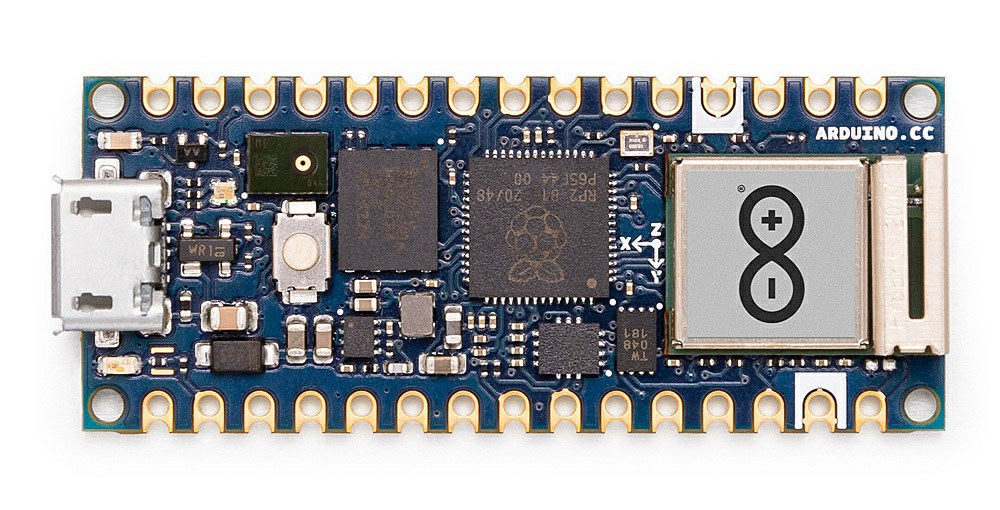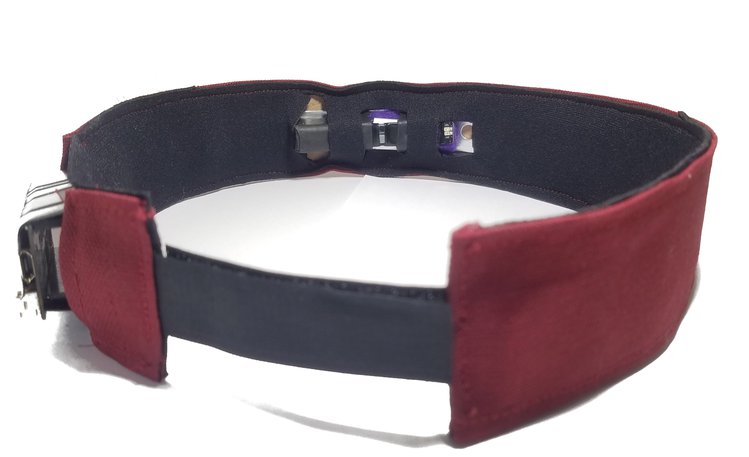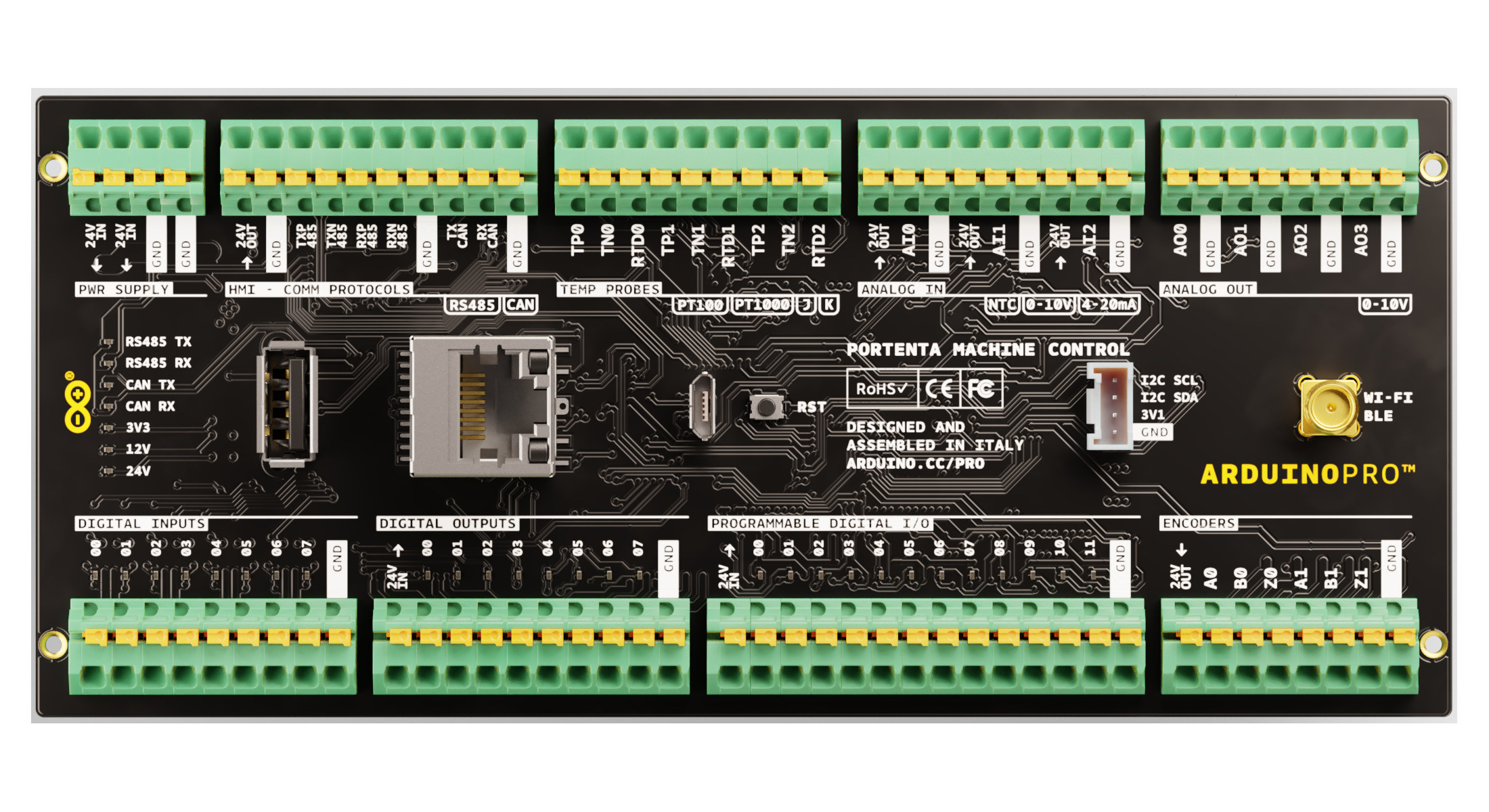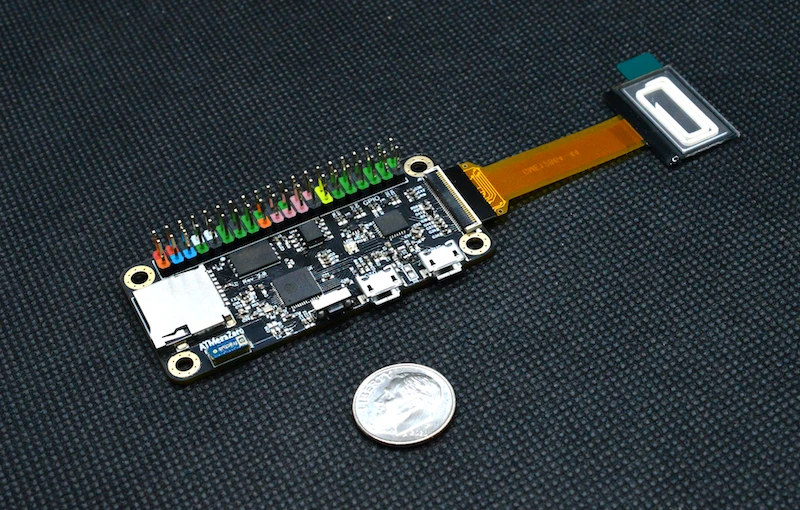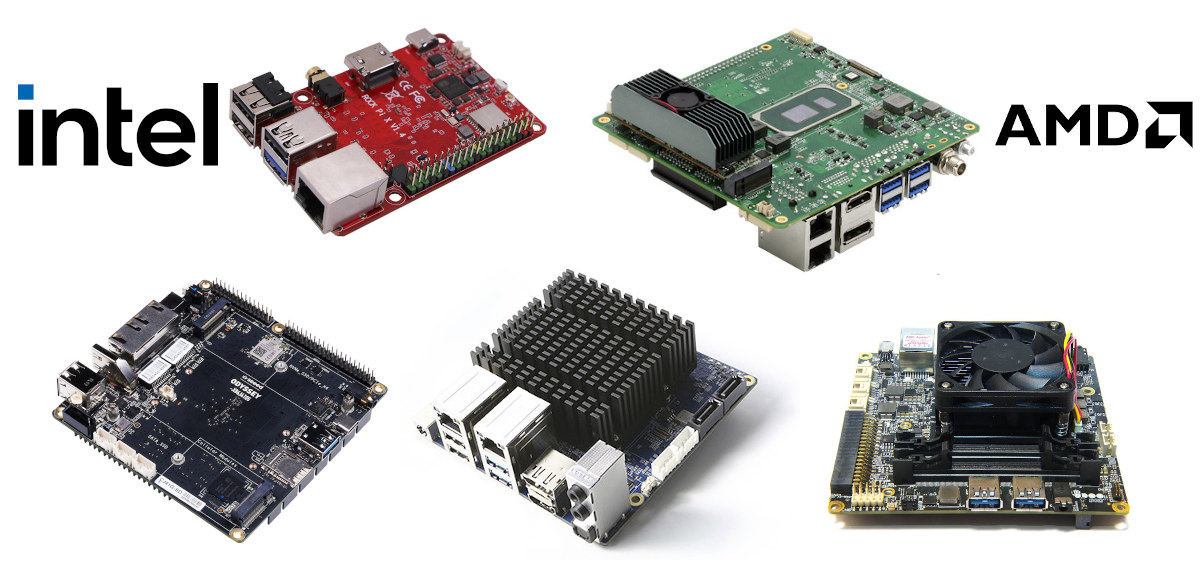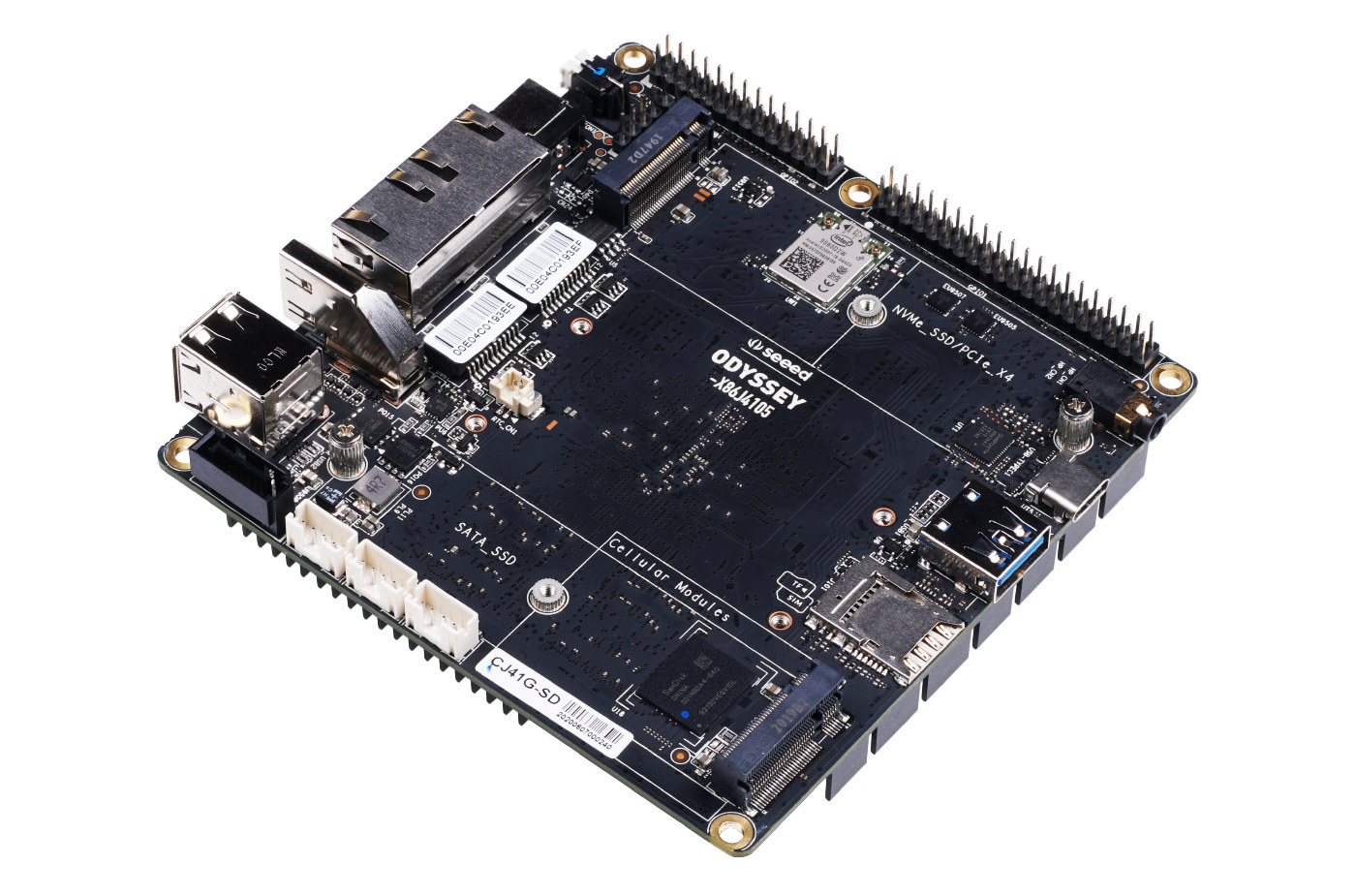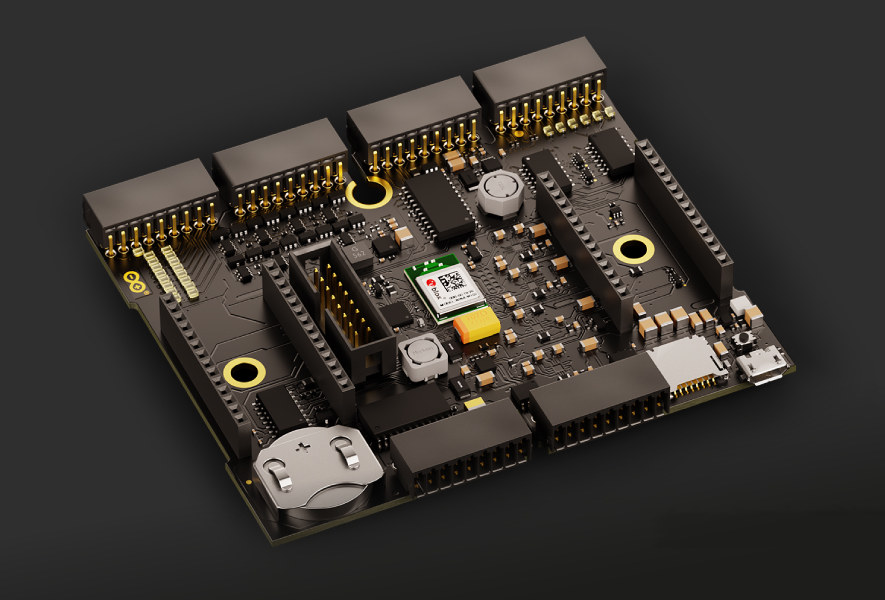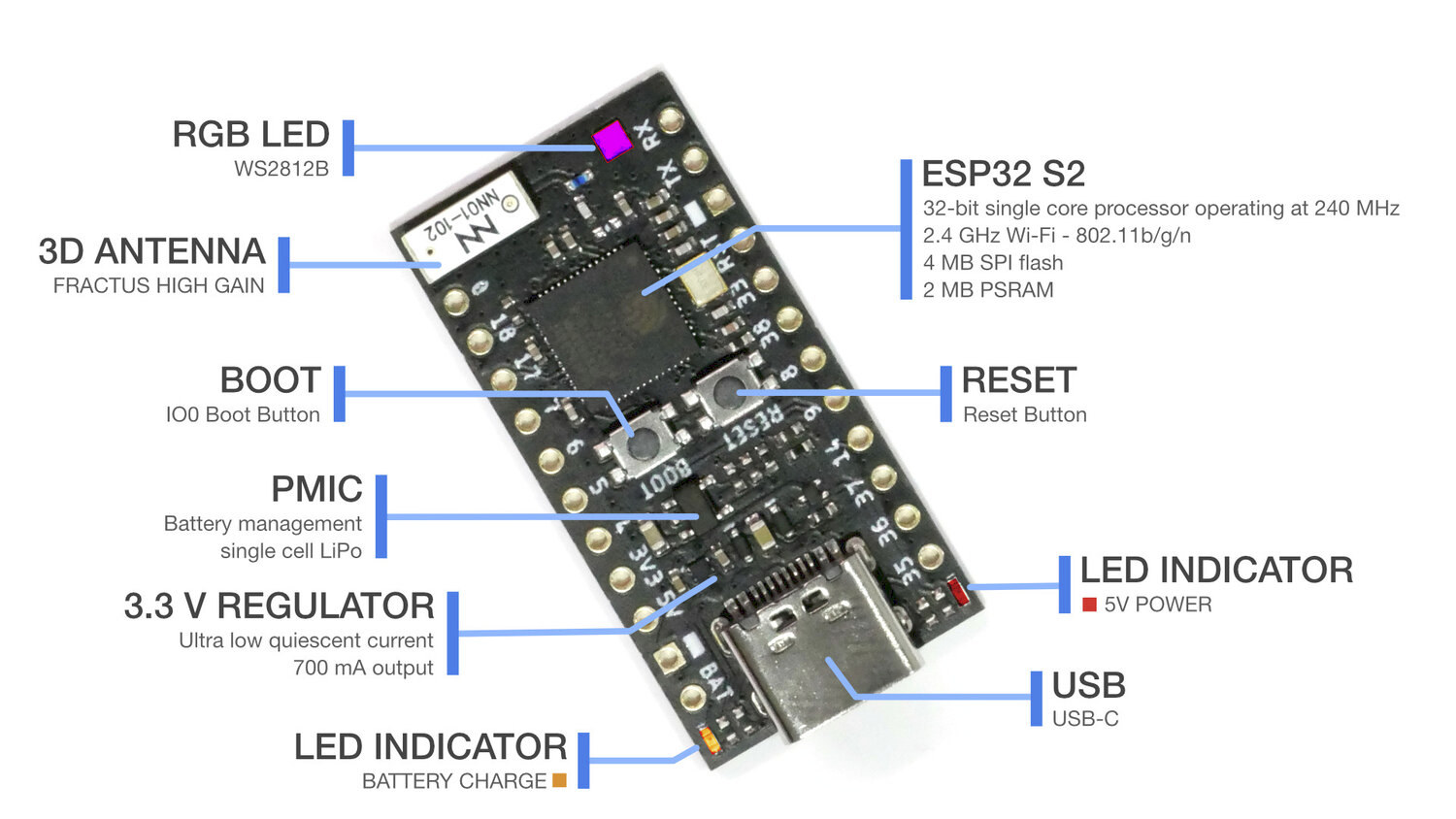The Arduino Nano RP2040 Connect board was announced the day of Raspberry Pi Pico launch as one of the third-party boards featuring Raspberry Pi RP2040 dual-core Cortex-M0+ microcontroller. At the time all we had was renders of the board, later on, the company showcased some mass product photos, and then released Arduino Core mbed 2.0 for the board last month. But it’s only today that it has become possible to purchase Arduino Nano RP2040 Connect board for $25.50 on Arduino store with headers. Nano RP2040 Connect specifications: MCU – Raspberry Pi RP2040 dual-core Cortex M0+ microcontroller @ 133 MHz with 264 kB of embedded SRAM Storage – 16MB Flash IC (AT25SF128A) Connectivity – WiFi 4 & Bluetooth LE via Nina W102 uBlox module (Yes, that’s an ESP32 module.) USB – Micro USB port I/Os via 2x 15-pin headers (through and castellated holes) 20x digital I/O pins, 20x PWM pins, 20x […]
HEGduino V2 supports fNIRS and Blood-Flow Monitoring (Crowdfunding)
AlasKit has launched a crowdfunding campaign on Crowd Supply for HEGduino V2. The device features noninvasive optical imaging through fNIRS (Functional near-infrared spectroscopy), apart from its brain blood flow monitoring functionality. We saw the previous version of the HEGduino in September 2019 which only supported blood flow monitoring. But the HEGduino V2 also monitors breathing, heart rate, and skin temperature. HEGduino V2 has a MAX86141 optical pulse oximeter cum heart-rate sensor for incorporating Heart Rate Variability (HRV) training. It also allows breath and skin temperature monitoring. The sensor has a specification of 2×4096 SPS sensing with a 19-bit resolution which is a bit higher than its previous version. As HEGduino V1 had an 860 SPS sensing with a 16-bit resolution. However, the practical application observes even lesser values for HEGduino V1. Setup of HEGduino V2 The device also comes with an ESP32 breakout board with rechargeable battery support. The board […]
Arduino launches Portenta Machine Control industrial control unit
Arduino Portenta Machine Control is a low-power, industrial control unit powered by Arduino Portenta H7 board and designed to drive equipment and machinery through digital and analog I/O exposed through terminal blocks. The industrial control unit adds to the Arduino Pro family that was introduced in 2020 with support for the Arm Pelion IoT platform, the launch of the STM32H7-powered Arduino Portenta H7 industrial board, and joins another application-specific solution, namely the Arduino Edge Control board for smart agriculture launched last month. Arduino Portenta Machine Control specifications: Portenta H7 board with MCU – TMicro STM32H747XI Cortex-M7 @ 480 MHz + M4 @ 200 MHz MCU with 2MB dual-bank Flash memory, 1 MB RAM, Chrom-ART graphical hardware accelerator System Memory – 8MB SDRAM Storage – 16MB QSPI NOR Flash Connectivity – 10/100M Ethernet RJ45 port, WiFi & Bluetooth LE with u.FL antenna connector USB – 1x USB Programming Port I/O via […]
ATMegaZero ESP32-S2 board supports OLED displays
EspinalLab ATMegaZero board was introduced last year with Raspberry Pi Zero form factor, the Arduino Leonardo compatible, 16 MHz Microchip ATmega32U4 microcontroller, and a connector for an optional OLED display. The company is now back with an update following the same form factor with ATMegaZero ESP32-S2 board equipped with a more powerful ESP32-S2 single-core processor @ 240 MHz with WiFi connectivity, and most of the same features, including OLED display support, plus a micro USB OTG port and an RGD LED. ATMegaZero ESP32-S2 board specifications: WiSoC – Espressif Systems ESP32-S2 single-core processor @ 240 MHz with WiFi RAM – 8MB PSRAM Storage MicroSD card 256Mbit (32MB) SPI Flash (note: only 16MB can be used for now due to firmware limitations) Display – 32-pin OLED display port compatible with 30-pin SSD1306 and SH1106 based displays Wireless Connectivity – 2.4 GHz WiFi 4 up to 150 MHz with 3D antenna USB – […]
The 5 best Intel & AMD single board computers for makers
A few weeks ago, we wrote a list of what we consider to be the top 5 most powerful Arm SBC’s and development kits, and this time around we’ll cover x86 SBC’s powered by Intel or AMD processors. But this time around, instead of focusing on the most powerful x86 single board computers which would lead to unaffordable, industrial Xeon SBC’s, we’ll be looking into the 5 best boards designed for makers. That means affordable pricing, I/O headers, and community support. The list is in no particular order. Rock Pi X – x86 on the cheap If you ever wanted the cheapest possible x86 board, Atomic Pi SBC $35 price tag was hard to beat, but it was only cheap because it was sourced from a failed robotics project, and not very convenient to use. But now in 2021, the cheapest x86 SBC that can run Windows is clearly Rock […]
ODYSSEY-X86J4125 SBC gets a faster Celeron J4125 SoC and a price increase
ODYSSEY-X86J4105 is an Intel Gemini Lake SBC designed for makers with Arduino compatibility thanks to a Microchip SAMD21 microcontroller, as well as Raspberry Pi headers. We reviewed the board and enclosure last year both with Windows 10 Enterprise and Ubuntu 20.04, and we also successfully tested the Arduino and Raspberry Pi GPIO headers with the latter. But the Intel Celeron J4105 quad-core Gemini Lake processor has been scheduled for discontinuance since last year, and the last order on January 22, 2021, and the final shipment on planned for July 9, 2021. So Seeed Studio had to find a replacement, and they’ve now launched ODYSSEY-X86J4125 single board computer with the same features, but switching to a slightly faster, and still available, Intel Celeron J4125 processor. ODYSSEY-X86J4125800 SBC specifications: SoC – Intel Celeron J4125 quad-core Gemini Lake Refresh processor @ 2.0 / 2.7 GHz (Turbo) / 2.4 GHz (Turbo all cores) with […]
Arduino unveils Edge Control board for smart agriculture
Arduino hardware and software have been used for smart agriculture applications for years, but Arduino has now launched a board part of its Arduino Pro program specifically designed for smart farming. Meet Arduino Edge Control. Powered by a Nordic Semi nRF52840 Bluetooth microcontroller, the board offers the usual digital & analog I/O’s, plus four 60/V2.5A solid-state relays, hydrostatic watermark sensor inputs, support for DC or solar power input, and can be augmented with one or two Arduino MKR boards for WiFi, 3G NB-IoT, or LoRaWAN connectivity. Arduino Edge Control specifications: MCU – Nordic Semi nRF52840 Arm Cortex-M4F microcontroller @ 64 MHz with 1MB flash, 256KB SRAM Additional storage – 2 MB QSPI flash memory, MicroSD card slot Connectivity Bluetooth LE Optional Wifi, 2G, 3G, NB-IoT, eMTC, and/or LoRaWAN via Arduino MKR board USB – Full-speed 12 Mbps micro USB port Expansion I/Os Digital Input – 6x edge-sensitive wake-up pins Digital […]
TinyS2 ESP32-S2 board is designed for battery operation
Unexpected Maker has launched a follow-up to the ESP32 based TinyPICO board with TinyS2 board equipped with an ESP32-S2 WiFi processor featuring 4MB flash and 2MP embedded PSRAM. The new board is still designed with a LiPo battery charging circuit, comes with an onboard RGB LED, and while it is compatible with TinyPICO form factor, it has become a little longer with a 41 x 17.8mm footprint to accommodate for extra I/Os. TinyS2 specifications: WiSoC – Espressif Systems ESP32-S2FN4R2 single-core processor @ 240 MHz with 4MP SPI flash, 2MP PSRAM Connectivity – 2.4 GHz 802.11b/g/n WiFi 4 plus 3D antenna USB – 1x USB Type-C port for power and programming Expansion – 12 + 11-pin headers for up to 17x GPIOs, SPI, I2C, UART, ADC, DAC, 5V, 3.3V and BAT signals Misc – Boot and Reset buttons, battery charging status LED, power LED, user-programmable RGB LED that can be shut […]


